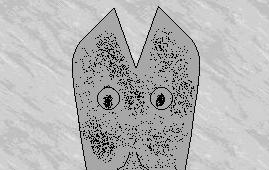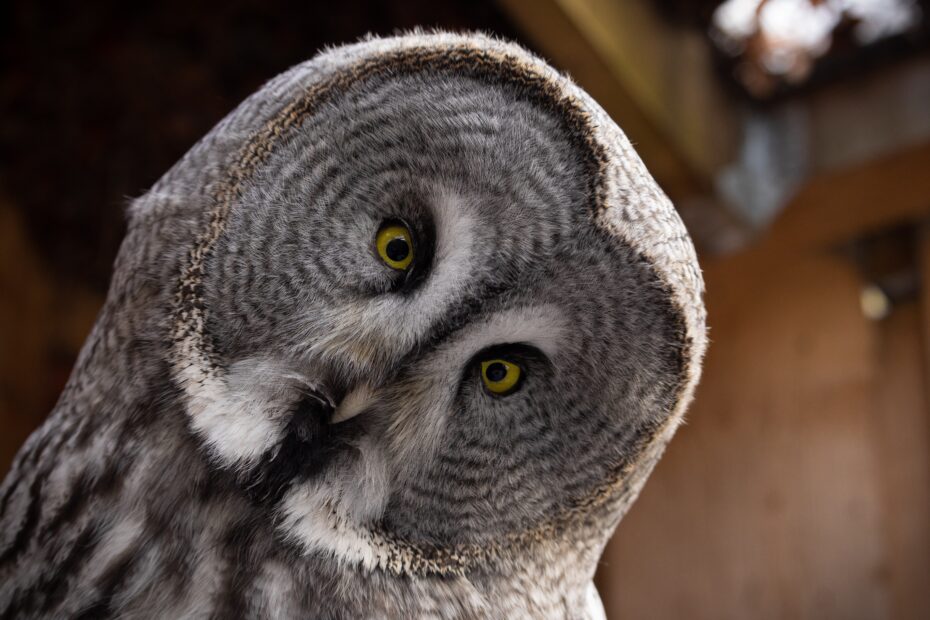Mr. Science stood, as usual, in front of the blackboard and behind the table of goodies. Today, the word “earthworm” was written in small, cramped script on the blackboard, and several specimens squirmed about on the table. Mr. Science himself never seemed to change: he stood stiff as a board in his charcoal grey suit with a white bow tie with black polka dots. His small mouth ticed ever so slightly.
Across from him was the stand that held the seats for the children. There were a dozen boys and girls sitting there, but, because they were placed so close together, they gave the impression of being a larger group when the camera closed in on them. Audio enhancement of their reactions added to the illusion.
“Hello, kiddies,” Mr. Science, his voice typically cracking at the edge of nervous hysteria, started. “Did you know that if you cut a normal earthworm in half, the two halfs can grow into separate worms? But, don’t step on them in the street after a rainfall, because you won’t get hundreds of little earthworms!” Mr. Science laughed like a man in pain. The children groaned ominously.
“Now,” Mr. Science continued, making an effort to ignore his audience, “who wants to learn more about earthworms?”
Tommy, positioned at the bottom of the three rows of children in the far corner, stood up and angrily said, “Alright, Science, why don’t you cut this crap?”
“Wha…what was that, Tommy?” Mr. Science asked. The camera immediately caught the fact that he had started perspiring liberally (perhaps the only liberal thing about him).
“We want to know about nuclear energy, Science!” Tommy harshly stated, to the murmured assent of the other children. Stiffly holding his arm out to point at Mr. Science, Tommy added: “No more coverups, Science! We want the truth!”
Mr. Science took a handkerchief out of a jacket pocket and dabbed his forehead with it. “There is nothing to cover up,” he assured the children with a pathetic smile. “Nuclear energy is…is perfectly safe…”
“Come on, Science,” Tommy sneered. “Who do you think you’re talking to? A bunch of 12 year-olds?”
“Well…” Mr. Science shrugged.
Tommy turned towards the other children. “A nuclear power plant in Russia explodes and apparently burns for four days!” he intoned. “Hundreds, perhaps thousands of people are injured and die at once! Millions of lives across the world could be affected in the long term! This is the world adults are making for us! The safety of these installations is once again being called into question, and what does Mr. Science tell us? That we are perfectly safe!”
The children nodded knowingly and whispered to each other.
“No fair!” Mr. Science, now mopping his head furiously, childishly shouted. “No fair! Our generators are built different!”
Tommy returned his attention to Mr. Science. “What about Three Mile Island?” he accused. “What about Decatur, Alabama, or Erwin, Tennessee? Sure, we’ve been lucky. So far. But, there are over 100 nuclear generating facilities in North America. Do we need this form of energy badly enough that we are willing to put so many lives at risk?”
Mr. Science stuck his free hand into a different pocket and came up with three metal balls, which he noisily rolled around in his hand. “There are no lives at risk,” he insisted. But, seeming to reverse himself, he added: “People aren’t willing to slightly lower their standard of living to eliminate nuclear power. What can we do?”
“Put more money into researching truly safe ways of generating nuclear power,” Tommy replied. “If there are none, put more money into the research of alternative sources of energy…”
Mr. Science dropped his handkerchief and balls. “More money?” he squeaked.
“Oh, sure. That’s always the problem, isn’t it?” Tommy shrilly asked. “We seem willing to ignore questions of people’s health and the future inhabitability of this planet for today’s bottom line profit. How pure does scientific research look, hunh?”
Mr. Science dropped to his knees to pick up his security toys. Looking up, he found the courage to say, “That’s not my fault. Money for research is a matter of public policy…government and business decide how much money will go to each project.
Tommy was momentarily taken aback. “Yes,” he countered, “that is, umm, true. But, scientists still have the choice of working on stuff they feel is worthwhile and the moral responsibility to refuse to work on things that are detrimental to the public welfare.”
Somebody whispered from offstage. “What?” Tommy asked. The person repeated what he had said. “Oh, alright,” Tommy agreed, looking at Mr. Science, who was still on his knees, worms wriggling their way off the table all around him. Turning to the camera, Tommy said: “We’ve run out of time, so that’s our show for today. Be sure to tune in tomorrow when our subject will be…butterflies? Butterflies! Who picks these stupid topics?
“And, remember: we can’t solve technological problems by just mindlessly creating new technologies. We can determine the consequences of our creations before we make them, and we owe it to future generations to use our scientific knowledge responsibly. This is Tommy, filling in for Mr. Science, saying, see you tomorrow!”


